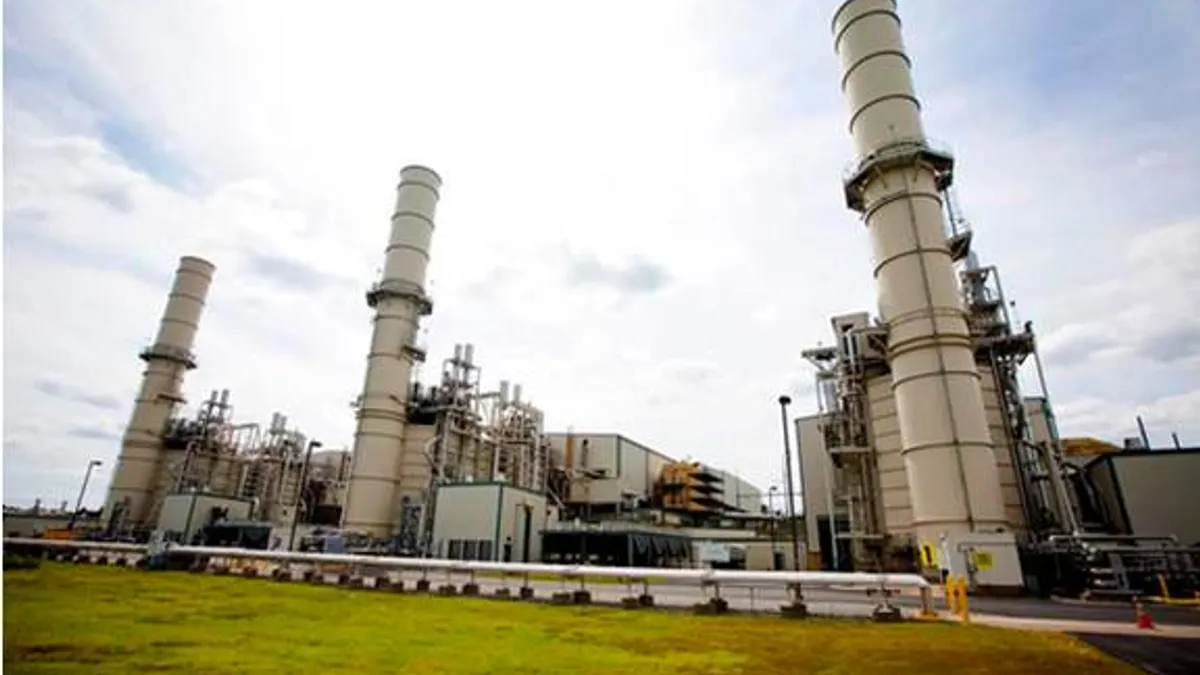Dive Brief:
- GenOn Energy, purchased by NRG Energy five years ago for about $1.7 billion, has filed for Chapter 11 bankruptcy protection in the U.S. Bankruptcy Court in Houston, The Wall Street Journal reports.
- GenOn, a power producer with more than 14 GW of generating capacity, informed the U.S. Securities and Exchange Commission of its plan in an Form 8-K filed this morning.
- According to the Journal, GenOn has proposed cutting $1.8 billion in debt. NRG would be released from any liability following a cash payment of more than $240 million and GenOn would be handed over to creditors.
Dive Insight:
NRG proposed bankruptcy protection for GenOn last month, Seeking Alpha notes, disclosing a consent agreement for the reorganization of the company.
The financial site also says GenOn listed about $2.4 billion in assets and $2.1 billion in debt when it filed with the Houston bankruptcy court.
The restructuring plan being considered, but not yet filed with the court, would allow GenOn to shift into a standalone generation company, according to Bankrupt Company News. GenOn Energy debt holders will receive 100% of the equity of the reorganized company.
The announcement comes one day before GenOn had a payment due to bondholders.
NRG's purchase of GenOn in 2012 created the largest competitive power producer in the nation, Power Magazine notes, but the company has been "crippled" by low prices in wholesale power markets across its territory.
GenOn owns 32 plants across 18 states, with more than 15 GW of capacity. Its power mix includes 61% gas, 27% coal, and the balance oil.
Low power market prices are a concern across the nation, with generators blaming low natural gas prices, renewable energy subsidies and greater efficiency. Power producers say the low prices could cause plants retire, threatening reliability. Others argue that markets are simply experiencing a glut of natural gas capacity, and some plants will have to go offline to boost prices.
According to the 8-K filing, NRG will provide GenOn with a credit facility not to exceed $330 million, to be used for issuance of new and replacement letters of credit following commencement of the chapter 11 cases "for hedging, regulatory and other credit support needs."














